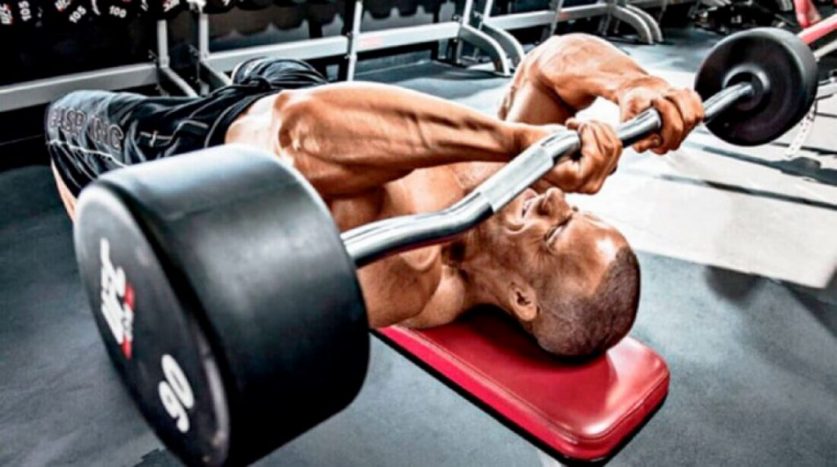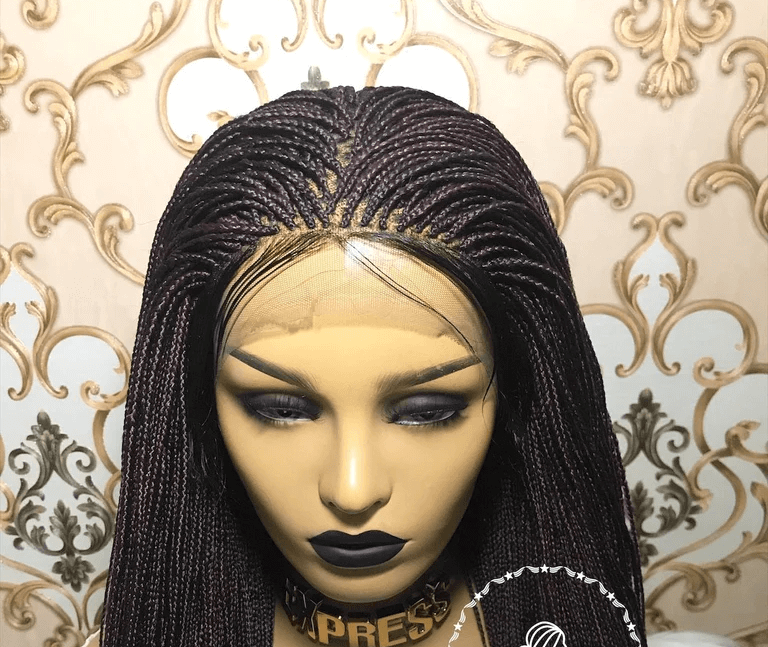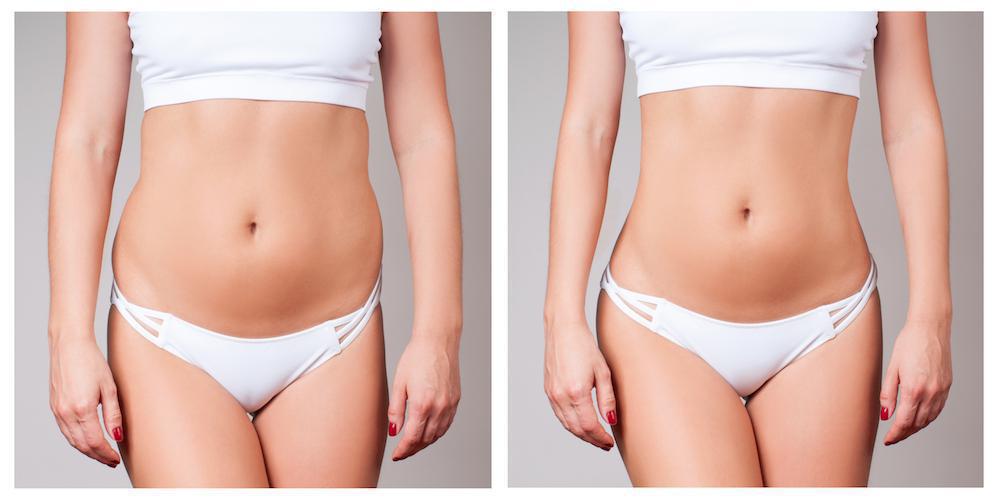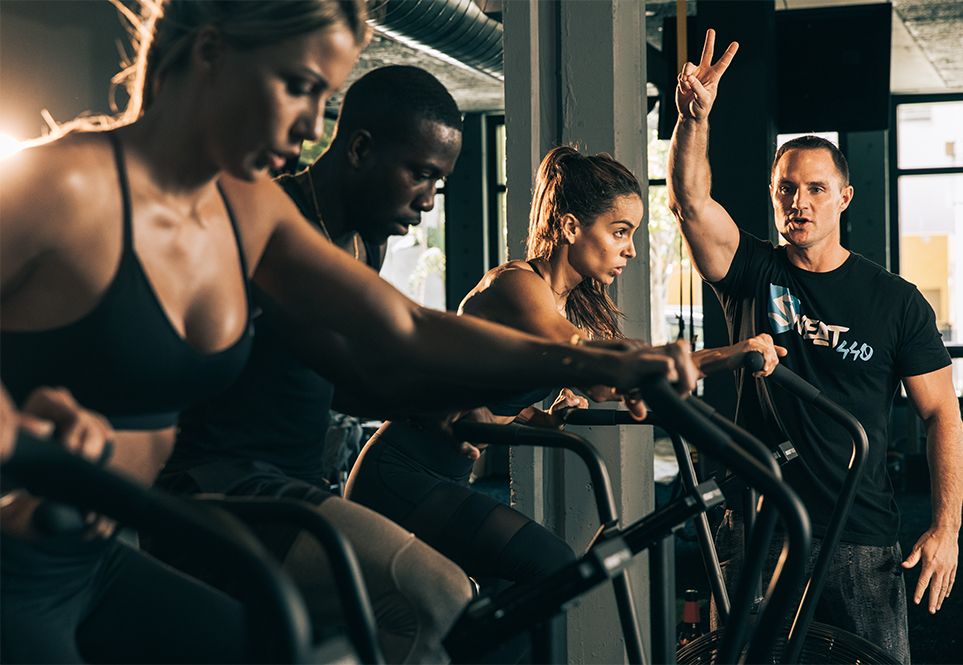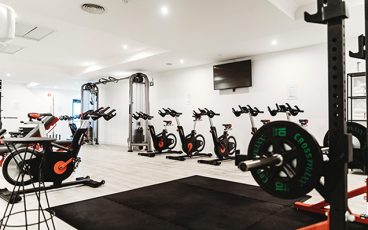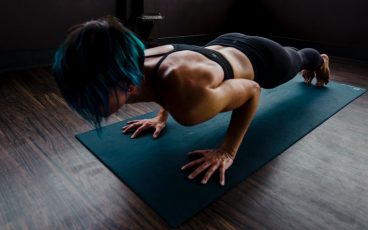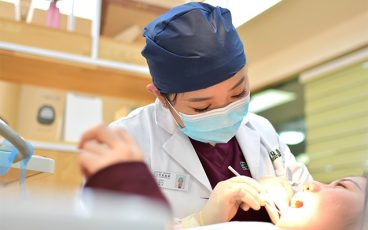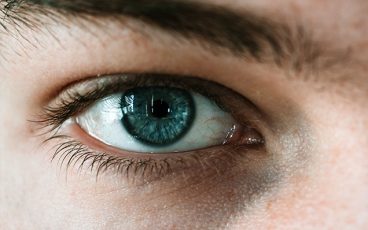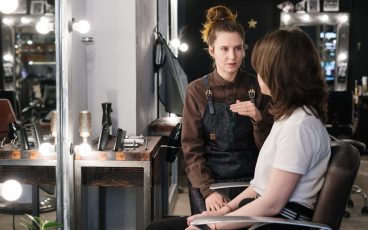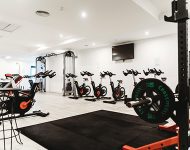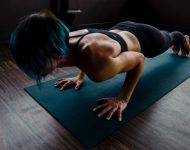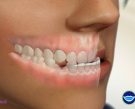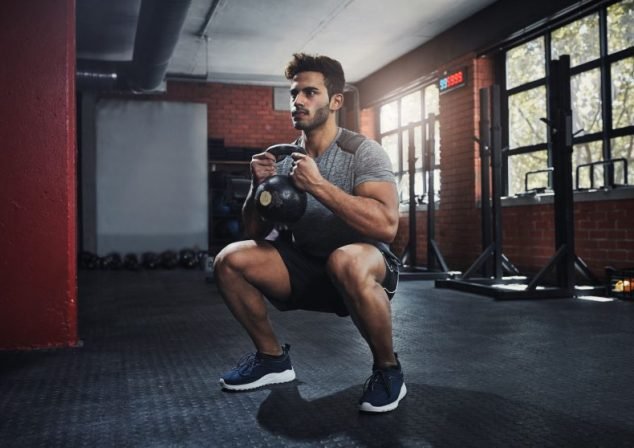
Squats are one of the most effective exercises you can do, whether you’re trying to build muscle or lose weight. The squat targets several large muscle groups in your body all at once, helping you get stronger and more athletic over time. There are several different squat variations that can help target different parts of your body and improve form depending on your needs and fitness level, and knowing them will allow you to get the most out of each squat session. In this article, we’ll go over eight different squat variations so you can pick the one that’s right for you!
1) Air Squats
Air squats are a good place to start with squats. This is because there’s no weight on your back, so you can be 100% certain that you have proper form. To do them, stand tall with your feet shoulder-width apart and squat down. As you move lower into your squat position, keep your elbows pointed out and away from your body. Your back should be straight and shoulders relaxed at all times, so make sure you maintain these good posture habits as you perform air squats. If necessary, practice air squats in front of a mirror until your form is perfected—this is important for safety reasons!
2) Half-squats
Half-squats are done from a standing position with your feet shoulder-width apart and your knees slightly bent. When you get down into position, make sure your knees stay behind your toes. Keeping tension on your legs throughout, lower yourself until you feel like you’re about to lose control of keeping them in line with your toes. Rise back up to complete one rep. Repeat for eight to 12 reps at a time before taking a short break; rest two minutes between sets if needed.
3) Straight Leg Deadlifts
This is a great exercise for strengthening your hamstrings and glutes. What’s unique about it is that you’re using body weight as resistance, so there’s no need for weights or other equipment. Stand with your feet shoulder-width apart, lift your left leg straight out behind you and bend at both knees as far as you can without falling backward. Reach down towards your toes with both hands, trying to squeeze your legs together at all times. The goal is not only to get down low but also keep your legs from splitting wider than shoulder-width apart—the wider they spread out, the weaker and less stable you’ll be.
4) Frog Squats
Frog squats help strengthen your ankles, knees and lower back. Try them out by stepping forward with one leg so your feet are close together. Slowly lower yourself until you feel a stretch in your calf, then return to standing position. Repeat on other side and continue for 30 seconds at a time. This can be done up to three times per day. To make it more challenging, increase your repetitions or hold two light dumbbells at your sides (try 3-5 pounds).
5) Barbell Step Ups
The barbell step up works in much of the same way as a basic squat; you load weight on your back and lower it down. Instead of moving horizontally, though, you’ll drive up in a straight line. This variation also increases your ankle mobility, an often overlooked component in squatting heavy weights. Barbell step ups should be performed with more weight than frog squats because they’re more challenging. Try them out if you can’t complete 10 frog squats with good form or have problems keeping your legs still while doing so.
6) Lunges
Lunges are an amazing leg and butt toner because they work all of those muscles at once. In addition, since you’re putting your body in a different position, lunges also activate muscles that aren’t usually activated when you’re doing squats or deadlifts. When squatting down, most people will find themselves using their glutes (butts) and quads (front thighs). When lunging forward, however, you need to use your hamstrings and adductors as well—and you won’t be able to rely on your squat form as much, so it can be a great way to challenge yourself. If you want more of a challenge while lunging, try walking lunges with dumbbells.
7) Single leg squats
This can be performed with a barbell on your back or with a dumbbell in each hand. It’s also an effective way to move forward and backward, making it great for beginners looking to master their squat form. Single leg squats not only work your quads, hamstrings and glutes but also improve balance by challenging you to keep your core engaged. This variation is best for people who have lower body injuries or aren’t ready for a regular weighted squat yet.
8) Assisted one legged squats
Use a bench or box for additional support, or prop your non-working leg on a chair. There are many variations of assisted one legged squats that you can do. Assisted one legged squats will allow you to focus on strengthening one leg at a time and balance. These are great because they help prevent injury from under development of one leg due to over use in daily life and sports. If we work both legs equally we may not be getting equal strength gains in each which will lead to more potential for injury if only doing traditional two legged squats with no added weight. Be cautious if starting out with these, as it is always good practice to go very light until you feel comfortable enough with your form and range of motion before adding any weight!
0 Comments 1551 Views
YOU MAY ALSO LIKE
share
About me
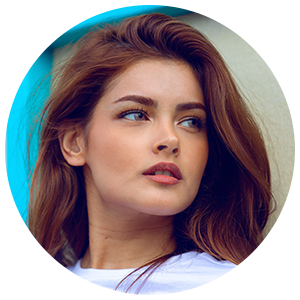
Health And Healthy Tips is Free health blog, If you wish to be part of this blog and want to conribute contents which are interesting for our readers, please contact us.
CATEGORY
- Beauty (19)
- BUSINESS (3)
- Dental Care (187)
- Eye Care (12)
- Fitness (23)
- Healthy Life (179)
- Men's (10)
- Women's (12)

